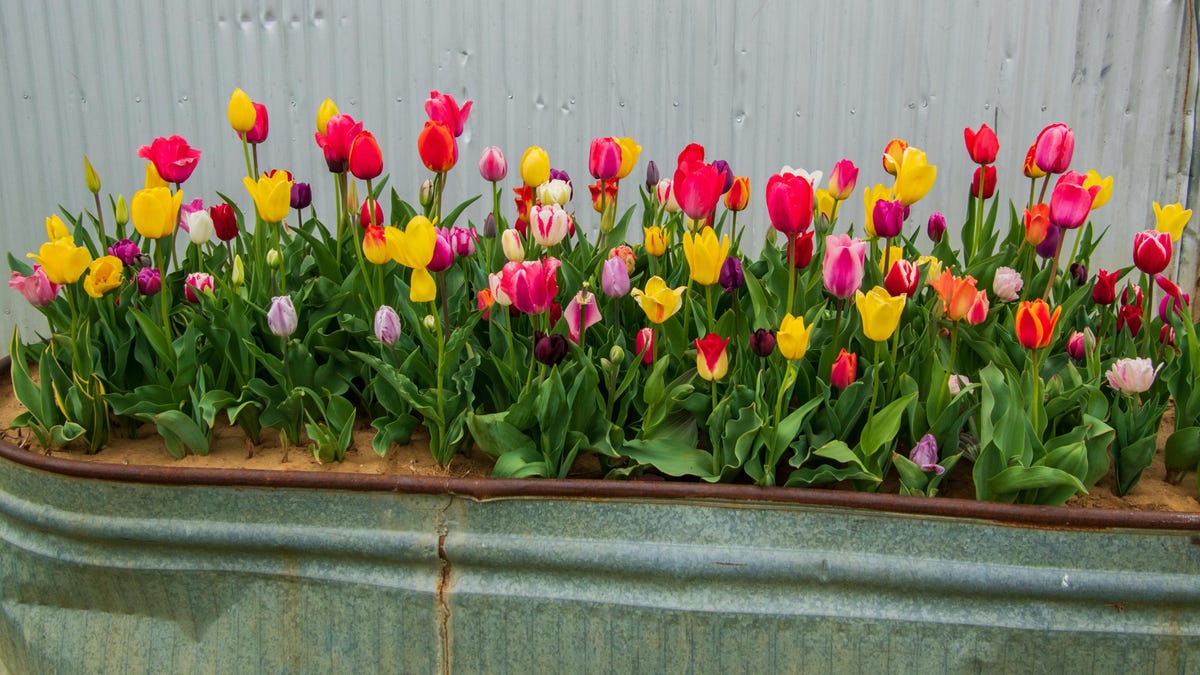Place Bulbs in Pots for Months of Flowers

Flower pots are fantastic: they are portable, easy to set up anywhere and come in different heights. If you plant the bulbs in pots, you’ll get weeks of gorgeous color right where you want them. But what about the rest of the year? How to plant without damaging the bulbs in the pot? The answer is to layer the bulbs, sometimes called the “bulb lasagna” method. The season will last much longer as the bulbs come and go, but with proper care they should return year after year.
Plant bulbs at a depth three times their size.
Luckily, it’s not that hard to come up with a plan. The larger bulbs should be placed deeper in the pot, and as you progress you will continue to layer smaller and smaller bulbs. Larger bulbs need this depth to get the nutrients they need.
Choose bulbs for each season.
The main thing is to choose bulbs with different flowering times. Bulbs are generally designated as late winter, early/mid/late spring, early/mid/late summer, and early fall. However, most bulbs do fall into the late winter and late spring category. Choosing from different designations will give each bulb time and space to truly fill it out. I keep coming back to this incredibly detailed calendar from my local nursery – although the monthly schedule is for the Pacific Northwest, you can stick to the season designations on the left (early spring/late spring, etc.). Using this chart, you can select snowdrops, daffodils, tulips, lilies, dahlias and amaryllis and have a full year of vibrant flowers if the pot arrives inside during the worst winter months. Otherwise, he may remain outside and may need to be insulated during the coldest months, or may live in a shed or garage for some protection. In winter, annual plants, such as violas, can also be planted in the top layer.
Choose an appropriate size container for the bulbs.
To ensure the correct placement of layers, the pot should not be overfilled and it should be of the appropriate depth. So if you decide to plant certain bulbs, it’s best to select them first and then calculate three times the depth of the larger bulbs and add about five inches to that to figure out how tall you need the pot to be.
Planter bulbs need more water and insulation.
Bulbs typically benefit from bulb-specific fertilizer each year, so consider adding it to your potting mix when planting. Plant in potting mix, not soil designed for raised beds. Generally, pots by design dry out a little faster and have less insulation than soil, so keep that in mind. Water the bulbs after planting for several weeks while they develop roots. Insulate in winter according to the recommendations above, depending on where you live. Next, make sure your bulbs have water throughout the growing season, meaning the soil is always slightly moist two to three inches below, rather than soggy or dry.